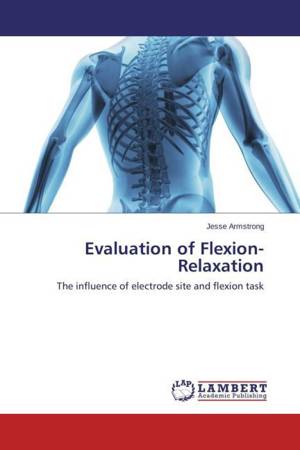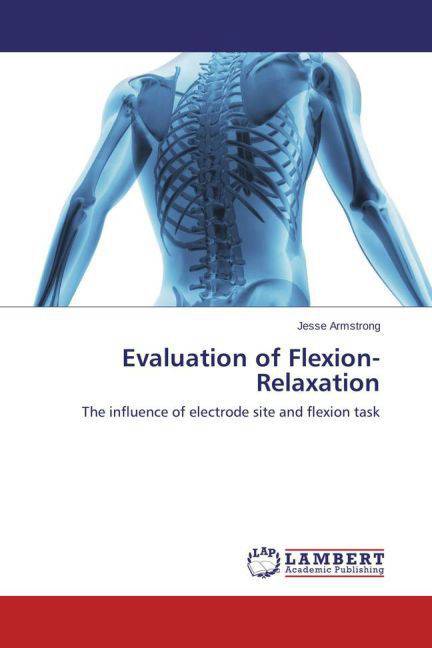
- Afhalen na 1 uur in een winkel met voorraad
- Gratis thuislevering in België vanaf € 30
- Ruim aanbod met 7 miljoen producten
- Afhalen na 1 uur in een winkel met voorraad
- Gratis thuislevering in België vanaf € 30
- Ruim aanbod met 7 miljoen producten
Zoeken
Evaluation of Flexion-Relaxation
The influence of electrode site and flexion task
Jesse Armstrong
Paperback | Engels
€ 54,95
+ 109 punten
Omschrijving
Evaluation of the flexion-relaxation response has been used to objectively assess the neuromuscular adaptation associated with low back pain, and has attracted much clinical interest due its impressive ability to distinguish between low back pain patients and pain-free controls. However, there appears to be a lack of consensus as to what actually constitutes flexion-relaxation in a normal population. Additionally, the influence of other factors such as electrode position and the flexion task being performed is unclear. In this book, the flexion-relaxation response is evaluated using different methods, and the influence of different electrode sites and flexion tasks is determined. This information will help in providing recommendations for flexion-relaxation quantification, and should be particularly useful to professionals in the field of human biomechanics and movement.
Specificaties
Betrokkenen
- Auteur(s):
- Uitgeverij:
Inhoud
- Aantal bladzijden:
- 108
- Taal:
- Engels
Eigenschappen
- Productcode (EAN):
- 9783659456282
- Verschijningsdatum:
- 23/10/2013
- Uitvoering:
- Paperback
- Afmetingen:
- 150 mm x 220 mm
- Gewicht:
- 168 g

Alleen bij Standaard Boekhandel
+ 109 punten op je klantenkaart van Standaard Boekhandel
Beoordelingen
We publiceren alleen reviews die voldoen aan de voorwaarden voor reviews. Bekijk onze voorwaarden voor reviews.








